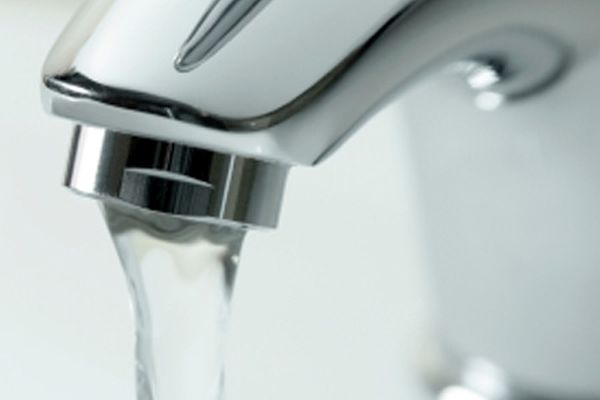Green homes are becoming very popular these days. However, a lot of homeowners are still of the misconception that a green home would only offer a return on investment and nothing more. Green homes offer more than just a money back guarantee.
They make your home a safer and healthier haven for your loved ones. So if you are considering making your home a greener abode,Expert partners along with Dr Prem Jagyasi suggests some simple and really effective tips that could help you achieve this effortlessly.
Install efficient bathroom fixtures

Start by introducing small changes to a space where maximum water is wasted every day, the bathroom. Install low flow showerheads that use aerator technology to offer the same pressure albeit with use of less water. Install a foot pedal valve to the sinks to control the flow of water without necessarily covering them with soap. And make use of grey water to flush toilets or water the plants.
Fix leaks and drafts

A leaking tap or toilet can waste a lot of water every day. Conserve water by fixing these leaks. Also make it a point to fix drafts that might cause heat loss, thus increasing your energy costs. This will reduce your utility bills while making your home more energy efficient.
Choose chemical free paint

While a paint job can make your home look new again, choosing VOC laden paint would make it less environmental friendly as well as very unhealthy for your family. Choose paints that do not contain VOCs, including chemicals like benzene, acetone and formaldehyde. These will ensure that your home remains green and healthy in the long run.
Choose eco-friendly furniture

The furniture that you use every day is often one of the main culprits of indoor air pollution. Most furniture pieces contain urea formaldehyde that can evaporate and mix with the air when the furniture off gases, thus polluting indoor air. So make it a point to choose furniture that is labelled MDF toxic free or which comes with non-toxic finishes.
Save energy

While a lot has been said about saving energy indoors, many make it out to be a very hard task to accomplish. Rather, saving energy inside the house can prove to be a cakewalk if you take it one step at a time.
Most of the time, the first step requires minor adjustments and additions to the home to make it more energy efficient. These include fitting low energy light bulbs, switching off appliances when not needed, unplugging devices that are fully charged, insulating your home, lowering the thermostat, washing clothes at a lower temperature, line drying the laundry and covering pans while cooking, etc.
Treat the floor

If replacing the existing floor with a more eco-friendly alternative proves to be too costly for you, consider decorating the place with eco-friendly rugs instead. Another culprit of indoor air pollution, new carpets tend to off gas a lot. You can spray a carpet sealer over the carpet to prevent it from off gassing, thus protecting your home and its inhabitants from the toxins arising from the same.
Forget plastic bags

Plastic bags are detrimental to the environment in more ways than one. So ditch them in favor of cloth or paper bags. Take your own bags with you when shopping. Opt to carry your lunch in reusable containers, thus avoiding the packaging that comes with both. Reusable napkins, plates and utensils will also go a long way in reducing the use of plastic.
Repurpose old items

Instead of throwing out old items, consider repurposing them in your home again. This will reduce the carbon footprint your home produces to a great extent. Old mason jars can be turned into flowerpots, candle holders or decorative items. Old tablecloths can be recycled to form rugs. Old wine bottles can be used as candle holders, lampshade base or vases. A little bit of creativity is all you need to make old items appear new again.
Green homes are not only energy efficient, but are healthy and safe for their inhabitants as well. You can make your home a greener abode with some rather simple tips.




